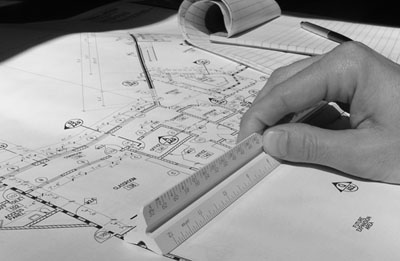Lets Discuss The Project
Get in touch with us to Renovate,Construct, Lighting Design,Interior Structure Designs and urban planning.

Building design resolves client requirements into a set of instructions for the construction of a building that satisfies those requirements. It tends to follow a relatively consistent process of project definition followed by the iterative development of an increasingly detailed solution. It is important that regular reviews are carried out during the design process to ensure that the developing design properly reflects the client's requirements and that the design and budget do not diverge.
Design reviews are typically co-ordinated by the lead designer. They may involve the consultant team, the client, independent client advisers and where there is one, the contractor. They may also involve external organisations who specialise in undertaking design reviews.
Design reviews may consider:
Following a design review, the lead designer will generally compile comments received as a and instruct the consultant team to amend or develop the design as necessary. In some circumstances it may be appropriate to commission design reviews from independent client advisers or from specialist design review organisations. These reviews are sometimes referred to as design audits.

Get in touch with us to Renovate,Construct, Lighting Design,Interior Structure Designs and urban planning.